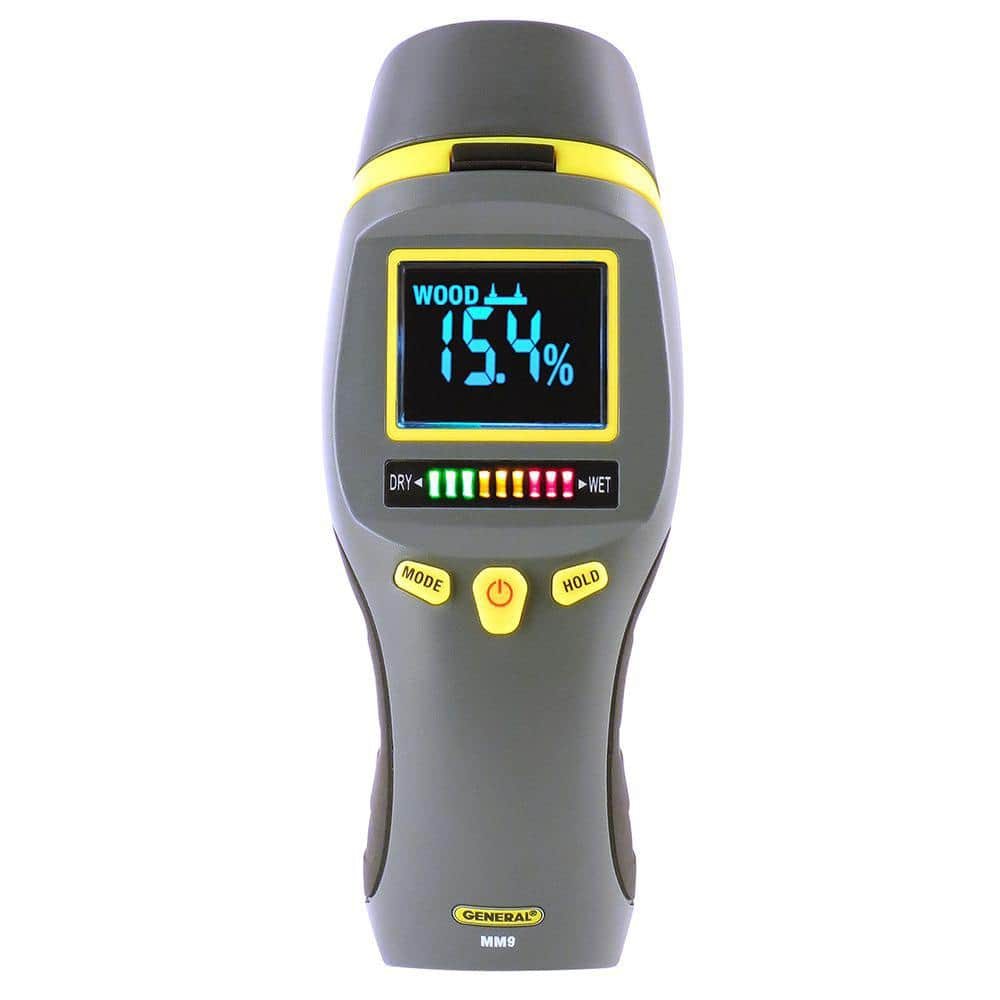The Scientific Research Behind Moisture Meters: Exactly How They Work and Why They're Vital
The Scientific Research Behind Moisture Meters: Exactly How They Work and Why They're Vital
Blog Article
Delve Into the Globe of Moisture Meters: Whatever You Need to Know
In the world of moisture meters exists a world of precision and usefulness that commonly goes unnoticed. These devices, while apparently simple, hold a riches of information that can significantly influence various industries and applications. Comprehending how moisture meters run, the various kinds offered, and their diverse usages can clarify their relevance in making sure quality and efficiency. By discovering the ins and outs of moisture meters, one can discover a valuable device that transcends simple dimension, using insights that can make a substantial difference in countless fields.
Exactly How Moisture Meters Work
Moisture meters run by measuring the electrical conductivity or capacitance of products to establish the moisture web content present. These meters are indispensable devices across various markets, consisting of building and construction, agriculture, and woodworking. By utilizing different approaches such as pin-type or pinless technology, dampness meters give precise analyses that aid professionals make notified choices.
Pin-type dampness meters work by placing the sharp pins into the product being tested. On the other hand, pinless dampness meters make use of electromagnetic signals to scan a larger location without triggering any damage to the product's surface.
Despite the technique used, dampness meters play a crucial duty in stopping problems such as mold growth, structural damages, or product defects brought on by excess wetness. Understanding how these meters job is vital for guaranteeing the quality and honesty of products in different applications.
Kinds Of Moisture Meters
Offered the important role wetness meters play in various markets, it is vital to understand the different kinds offered to specialists for precisely assessing wetness levels - Moisture Meter. There are mostly two primary kinds of moisture meters: pinless and pin-type moisture meters

On the various other hand, pinless dampness meters utilize electro-magnetic sensor plates to check a larger location of the product without triggering any kind of damage. This kind appropriates for promptly scanning large locations and is commonly utilized for floor covering, walls, and ceilings. Pinless meters are hassle-free for taking readings on completed surface areas without leaving any type of noticeable marks.
Both types of wetness meters have their advantages and are picked based upon the certain needs of the task handy. Comprehending the distinctions in between these kinds is essential for experts to make accurate wetness analyses.
Applications Across Industries
Building and construction professionals count on wetness meters to analyze the wetness degrees in building materials like timber, concrete, and drywall, which is essential for keeping structural honesty and avoiding problems like rot or mold. The floor covering industry makes use of moisture meters to determine the dampness content in subfloors prior to mounting various flooring treatments, stopping costly damages due to excess dampness. In the food sector, moisture meters are utilized to check and control moisture levels in items such as grains, nuts, and dried out fruits to maintain freshness and quality.
Tips for Utilizing Dampness Meters
Make use of the moisture meter's calibration settings to guarantee accurate readings when measuring the dampness web content in numerous products. Furthermore, make sure the meter is set to the correct wetness variety for the material you are measuring to obtain the most precise outcomes.
When making use of a pin-type wetness meter, place the pins to the appropriate deepness advised for the product being examined. This makes certain that the wetness readings are taken from my latest blog post the correct deepness within the material, providing an extra exact representation of its moisture content. For pinless moisture meters, bear in mind to preserve proper call with the material's surface to obtain trustworthy readings.
Consistently check and change the batteries in your wetness meter to stop unreliable readings due to low power. When not in usage to prolong its life expectancy and maintain its accuracy, Shop the meter in a dry and secure place. By complying with these tips, you can make best use of the performance of your dampness meter and get accurate wetness content measurements throughout different products.
Maintenance and Calibration
To make sure the precision of wetness web content measurements, routine upkeep and calibration of the dampness meter are vital steps in its correct performance. Maintenance involves keeping the wetness meter totally free and you can try this out clean from particles that can influence its analyses. It is very important to comply with the maker's standards for cleansing to avoid damage to the device. Additionally, regular calibration is required to confirm the precision of the analyses. Calibration adjusts the moisture meter to guarantee that it offers constant and trustworthy outcomes.
Calibration needs to be carried out periodically, specifically if the moisture meter is made use of often or in important applications where accurate dimensions are needed. By calibrating the dampness and preserving meter regularly, individuals can rely on the accuracy of the dampness web content measurements gotten.
Conclusion

In conclusion, wetness meters play a critical role in different sectors by properly measuring the wetness material of materials. Comprehending just how these devices work, the different types offered, and correct upkeep and calibration are important for acquiring trustworthy outcomes. Whether in farming, production, or building and construction, the use Full Article of wetness meters assists make sure quality assurance and performance in procedures.

In final thought, wetness meters play an important role in various sectors by properly determining the moisture web content of materials.
Report this page